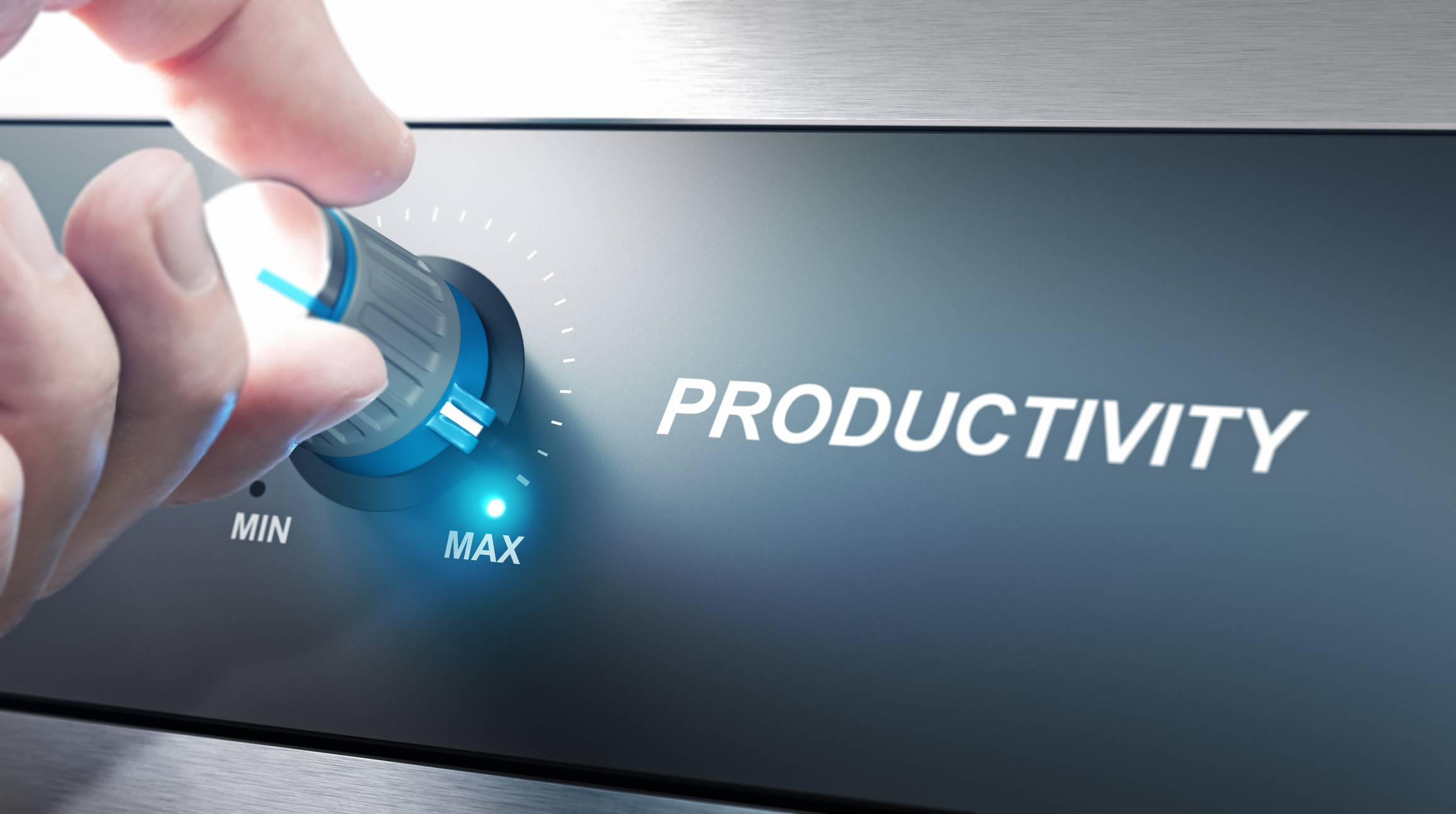
The manufacturing sector, like so many others, is contending with an ongoing labor shortage. Industry experts estimate a staggering 4.6 million manufacturing jobs will need to be filled over the course of the next decade, with about half of them at risk of remaining vacant.1
It’s a crisis that’s spurring OEMs to re-evaluate productivity and maximize the time and skills of their existing teams. A top priority is shop floor optimization, based primarily on these four factors:
Productivity is both a goal and result of team effort. Clearly understanding what contributes to the success of shop floor or warehouse optimization is essential organizationally and culturally. Use these factors to evaluate and improve your environment:
Every situation is unique when it comes to how to organize warehouse operations, but there’s no doubt that technology is a universally useful tool — especially in light of the labor shortage. This is particularly true when finding solutions for cutting the time it takes to transport tools, materials, and other items between people, work cells, and departments.
MARC (Mobile Autonomous Robotic Cart) is the answer to productivity enhancement. Simplified yet sophisticated technology powers the brains and movement of this rugged industrial cart. MARC “sees” where it’s going, and gets to destinations efficiently — no humans required and no wasted production time! Contact the MuL Technologies team today to discuss our risk-free option that can get MARC working for you right away.